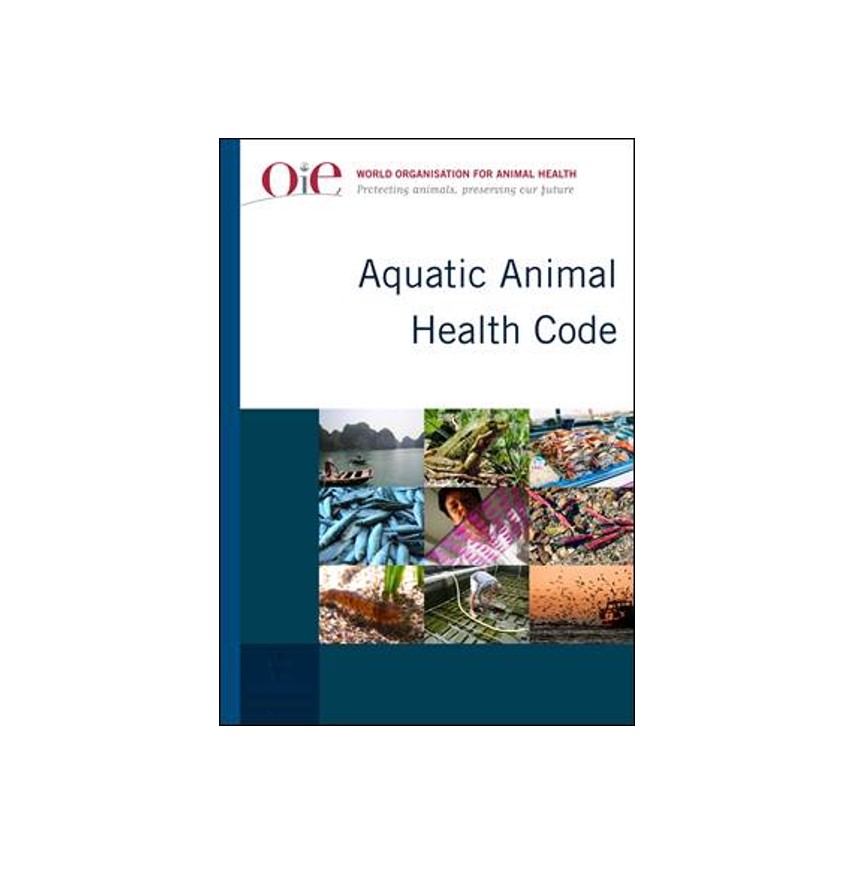
Working group session. Picture (c) O. Valsson (oie) 2019
The focus of the workshop was the application of Section 6 of the Aquatic Animal Health Code, emphasising risk analysis as a tool to deal with complex topics as AMR and its implications on aquaculture with a One Health approach.
Experts from the 16 SADC Countries gathered at an OIE Sub-regional workshop on antimicrobial resistance (AMR) in aquaculture in Durban, South Africa. Antimicrobial resistance is the biggest health threat in human and veterinary medicine. The environment plays an important role both as receiver and as a reservoir. The environmental health is therefore also at stake.
AMR has become widespread due to overuse or misuse of antimicrobial agents. The complexity of AMR, where bacteria is constantly finding ways to resist antimicrobials, makes its control a difficult task. The life-saving drugs used extensively in human and veterinary medicine are becoming useless and simple infections once easily treated have again become life-threatening. Surgical operations cannot be carried out because of lack of potent antibiotics. This could sound like fiction but is unfortunately the situation faced in in many countries all over the world.
Antimicrobial resistance in aquaculture has gained more focus recently due to its link to the aquatic environment. Human waste is considered to be the largest driver to AMR in the environment, followed by agriculture and aquaculture. To effectively control AMR, the interconnectivity of urban and farming activities and the environment should not be disregarded.
One of the objectives of the workshop was to bring together professionals working in aquaculture to discuss about common issues on antimicrobial resistance and address them with a One health approach. Other objectives were to encourage the use of the OIE aquatic animal health code, section 6, on AMR with focus on AMR risk analysis, linking it to biosecurity measures as part of risk management and data collection and sharing as part of risk communication.
Between 50 and 60 persons from all 16 SADC countries attended the meeting, with lecturers and facilitators from OIE head office, OIE sub-regional offices for Southern and Eastern Africa, CEFAS, an OIE collaborating centre in the UK, the Norwegian Veterinary Institute (NVI), an OIE collaborating centre on aquatic animals, a professor from the UK, from the University of KwazuluNatal, the University of Zimbabwe, and representatives of the WHO and the SADC Secretariat.
Risk analysis is a tool used to identify hazards, assess risk associated with the hazards and identify best risk management options related to the hazard and the associated risk. Use of the risk analysis as a tool to simplify the complexity of AMR, facilitate better understanding and to identify best practices to control AMR in aquaculture was the main theme of the workshop. The OIE guidelines on Import risk analysis and the Risk analysis for antimicrobial resistance arising from the use of antimicrobial agents in aquatic animals were used as reference.
The workshop was conducted through lectures, a field visit and interactive group work on the different aspects of a qualitative risk analysis. A pre- and post- training test added an interesting interactive session to the workshop where participants used their smartphones to test their knowledge on the topic.
The workshop was funded by the UK government through the Fleming Fund and the European Union through the Strengthening Veterinary Services in Developing Countries (SVSDC) Project.
Professor Jason Weeks, IEH Consulting, UK
Group photograph. Picture (c) O. Valsson (oie) 2019
PDF - 147.31KB
PDF - 839.40KB
PDF - 1.65MB
PDF - 2.42MB
All pictures (c) O. Valsson (oie) 2019.





